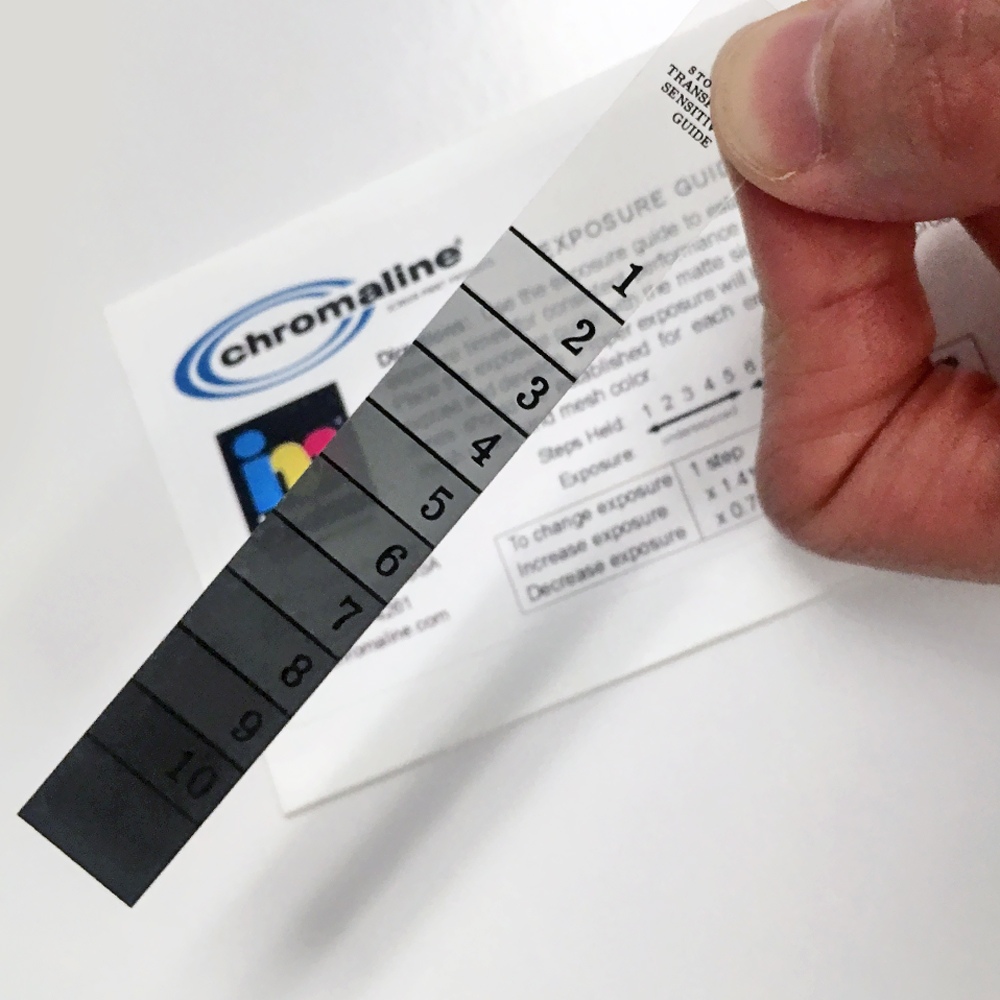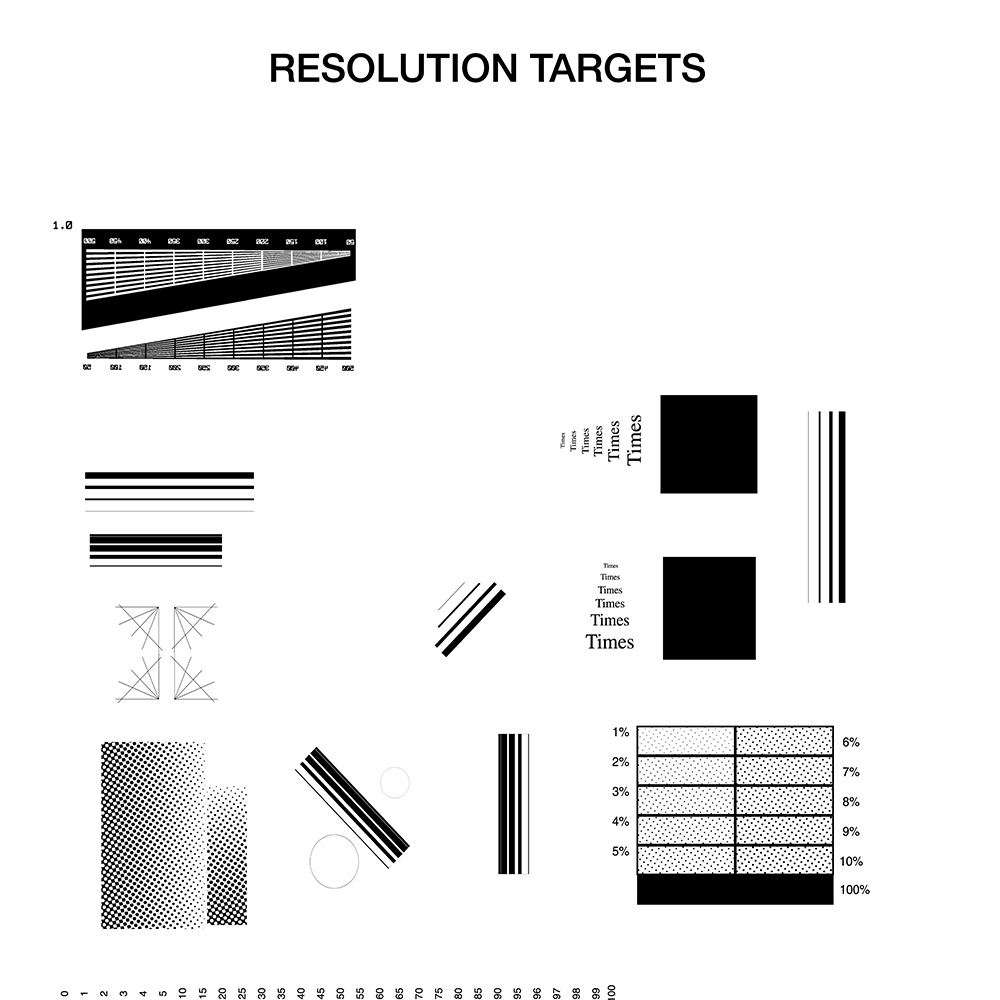Dialing In Exposure for Screen Printing
Finding the proper exposure time for your emulsion is crucial for optimal results. Exposure times can, at best, be suggested by manufacturers as a guide because individual exposure times will vary depending on the equipment, emulsion, mesh, coating techniques, and other shop conditions. Exposure tests must be performed on a regular basis to determine proper exposure times and to ensure your times haven’t changed based on screen room conditions.
The following videos show three different methods for dialing in your exposure: the Dual Exposure Calculator, the 10-Step Exposure Guide, and the Step Test method.
DUAL EXPOSURE CALCULATOR
Mick Orr with Chromaline, explains how to use the the Chromaline Dual Exposure Calculator to obtain the best results in your screen printing process.10-STEP EXPOSURE GUIDE
Brian Mirsch with Chromaline shows how to use the 10-Step Exposure Guide from Chromaline to dial in exposure. This exposure guide can be used on every screen you make to make sure your exposure doesn't change over time.STEP TEST FOR EXPOSURE
Mick Orr with Chromaline shows how to do an exposure test, also known as a Step Test. You can do this step test using your own artwork.Tools To Help You Dial In Exposure When Making Screens
Use the following tools to help you dial in exposure when making screens for screen printing.

DUAL EXPOSURE CALCULATOR
Chromaline's Exposure Calculator eliminates miscalculated exposure time with three kinds of quality checks. An easy, user friendly tool for the novice and the advanced screen maker. Designed to help determine correct exposure time, print quality check and halftone tests. Instructions are easy to understand and very complete.
10-STEP EXPOSURE GUIDE
At only 0.5" x 3.5", Chromaline's 10-Step Exposure Guide is a density filter used to control exposure times. Utilize our 10-Step Guide to help you work toward a good exposure time. We like this scale because it's smaller than the 21-step scales, yet they're the same densities through 10 steps, and ours has a solid line separating each step making it easier to read.
RESOLUTION TARGETS
Use these downloads for step gradients to print resolution targets on your own inkjet film to perform a Step Test.Choosing An Exposure Unit
We offer a table top exposure unit in two sizes, or an automated Laser-To-Screen (LTS) unit in three different sizes.

QUICK IMAGE
Chromaline's Quick Image Exposure Units with LED strips operate at lower temperatures and can last over 50,000 hours with light that never degrades. These tabletop units delivers fast, uniform and high resolution exposures.
LASER-TO-SCREEN
Still wasting your hard earned money on ink or DTS wax? Our Laser-To-Screen (LTS) auto exposure units require no consumables and have low power consumption for minimized costs. Available in three options (to accommodate different screen sizes).What Types Of Lights Work For Exposing Screens?
Join Mick as he goes over why some light choices are better than others for exposing screens.
